Breast Health and Wellness
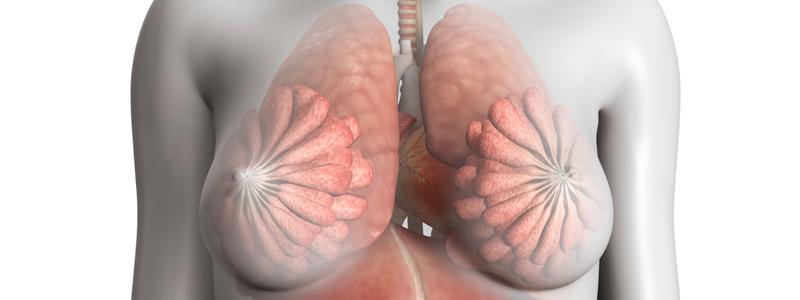
Breast Exams
Breast exams are physical and visual inspections of the breasts. They are an important part of an OBGYN checkup because breast exams can help identify any unusual lumps or suspicious growths around the breasts. In addition, a doctor can teach a patient how to perform these exams at home every month in order to recognize any changes on their own breasts. Breast exams can be a very useful tool for the early diagnosis of breast cancer.
During a clinical breast exam, a doctor may ask the patient place their arm in several positions to view and examine the breast from various angles. For the physical portion of the exam, the doctor will rotate his or her fingers around the entire breast, applying changing levels of pressure to feel areas near the surface as well as deeper within the breast. Both breasts will be examined.
Women are encouraged to do self-breast examinations every month, about five days after their period begins. This is the time that the breast are the least tender and lumpy. If patients feel anything different or suspicious during the breast exam, they should consult their doctor immediately. In some cases, patients may be sent for a mammogram to further examine their breast.
Breast Self-Exam
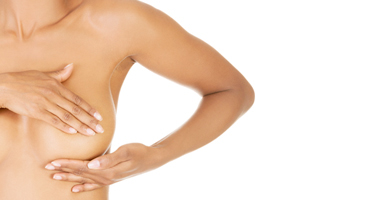
Breast cancer affects a significant number of women each year. Most breast cancers are slow-growing, but there are types that are aggressive, which is why early detection is essential. Regular screenings are the best way to detect breast cancer in its early stages. The most common recommended screenings are mammograms and doctor-performed clinical breast exams.
It may also be helpful for a woman to examine her breasts on her own once a month, usually about a week after her menstrual period, to identify any changes or abnormalities such as lumps, swelling, irritation or pain. A woman who is no longer menstruating should check her breasts on the same day each month. Breast self-exams are not officially recommended as a screening tool for breast cancer because their success in detecting early-stage cancers and increasing the survival rate have not been proven. But, by becoming familiar with the way her breasts normally look and feel, a woman may recognize changes indicating an abnormality.
Breast Self-Exam Techniques
Self-examinations are simple and quick, and can be done using two different techniques
Technique I
A woman should lie down on her back with a pillow under her right shoulder, and her right arm behind her head. Using the pads of the three middle fingers on the left hand, she should check the right breast and under the right armpit, following the steps below:
1. Methodically move the fingers using a circular or up-and-down motion
2. Feel the skin, and tissue just beneath the skin, using light pressure
3. Check the tissue in the middle of the breast using medium pressure
4. Explore the deep tissue in the back of the breast using firm pressure
5. Squeeze the nipple to check for lumps or discharge
Technique II
The second technique is similar but, this time, the exam is performed while showering, using wet, soapy hands, or while standing in front of a mirror. A woman should also, using the positions below, stand in front of a mirror to compare her breasts for differences in appearance.
- With arms at sides
- With arms overhead
- With hands on hips, pressing firmly to flex the chest muscles
- Bent forward
These positions make the pectoral muscles contract. If their contraction causes the skin to dimple slightly, it may be an indication of a ligament-affecting tumor.
Breast Self-Exam Results
In addition to a lump in the breast, a breast exam may reveal the following:
- Swelling in the armpit
- Pain or tenderness in the breast
- A change in the nipple
- An unusual discharge from the nipple
- A flattening or indentation in the breast
- A lump in the armpit that does not go away after a menstrual cycle
- A change in the size, contour, texture or temperature of the breast
If a breast exam reveals any of the above, an appointment should immediately be made with a physician.
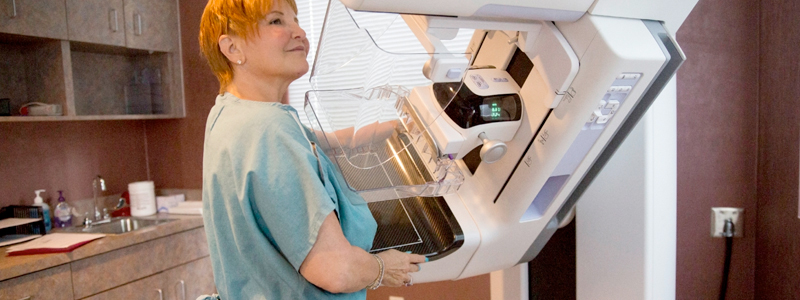
Breast Cancer Screening
Breast cancer affects a significant number of women each year. It is the second-most-common cancer, and the second-leading cause of cancer death, among women. Most breast cancers are slow-growing, but there are types that are aggressive, which is why early detection is essential. Regular screenings are the best way to detect breast cancer in its early stages. The most common screenings are mammograms and doctor-performed clinical breast exams.
Official recommendations are that, starting at 20 years old, a woman should have a clinical breast exam every three years. At 40 years of age, a woman should have a yearly clinical breast exam. The second recommendation is for a screening mammogram, but there is some dispute about the age at which women should start getting them, and how frequently. One recommendation calls for yearly exams once a woman turns 40 years old; another specifies biannual exams for women between 50 and 74 years old. A woman should check with her doctor to determine her best course of action.
It may also be helpful for a woman to examine her breasts once a month, usually about a week after her menstrual period, to identify any changes or abnormalities such as a lump, swelling, irritation or pain. Breast self-exams are not officially recommended as a screening tool for breast cancer because their success in detecting early-stage cancers and increasing the survival rate have not been proven. But, by becoming familiar with the way her breasts normally look and feel, a woman may recognize changes indicating an abnormality.
Our Surgeons Specializing in Breast Health and Wellness
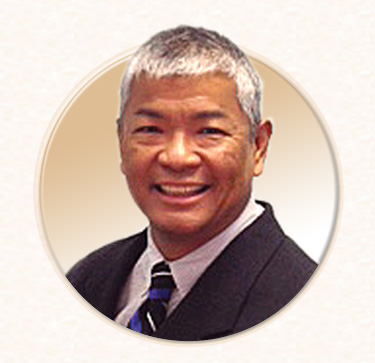
- Allen Agapay, MD
- General Surgeon
- Peoria
- Learn More

- Nathan Bodily, MD
- General Surgeon
- Gilbert & Mesa
- Learn More
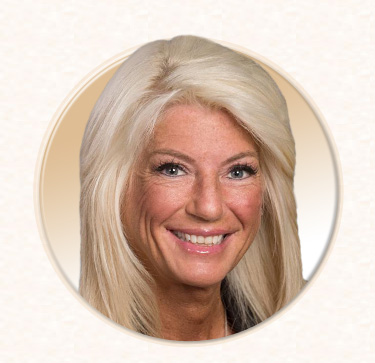
- Rita Hadley, MD, FACS, PhD
- General & Bariatric Surgeon
- Mesa
- Learn More
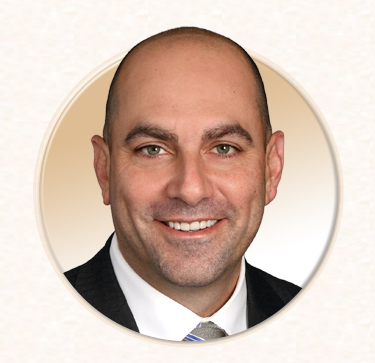
- Theodore Haley, MD, FACS
- General Surgeon
- Gilbert
- Learn More

- Charles Castillo, MD, FACS
- General Surgeon
- Central Phoenix
- Learn More

- Susan Cortesi, MD, FACS
- General Surgeon
- Mesa & Scottsdale
- Learn More

- Jon King, MD, FACS
- General Surgeon
- West Phoenix
- Learn More

- Daveshni Kumar, MD, FACS
- General Surgeon
- Mesa & Scottsdale
- Learn More

- Matthew Marini, MD, FACS
- General Surgeon
- Gilbert & Mesa
- Learn More

- Kevin Masur, MD, FACS
- General Surgeon
- Mesa & Scottsdale
- Learn More
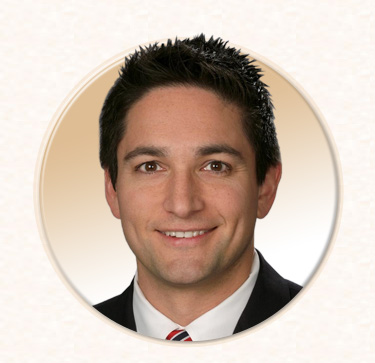
- Mark Runfola, MD, FACS
- Surgical Oncology
- Mesa
- Learn More
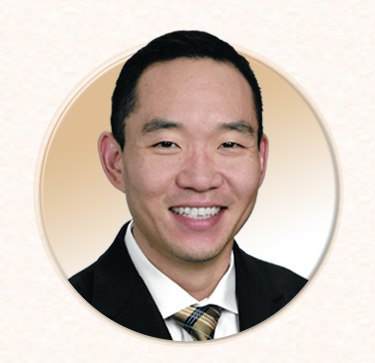
- David Smith, MD, FACS
- General Surgeon
- West Phoenix
- Learn More

